What are Braces?
Braces have long been the go-to orthodontic treatment for people with misaligned teeth. These traditional orthodontic devices consist of metal brackets and wires that are attached to the teeth to gradually move them into the correct position. Braces are highly effective in treating a wide range of orthodontic issues, including crooked teeth, crowded teeth, and bite problems.
Over the years, braces have evolved and now come in different types, such as traditional metal braces, ceramic braces, and lingual braces. While braces may require some adjustments to oral hygiene routine and restrict certain foods, they offer a reliable and effective solution for achieving a straighter smile. In this article, we will explore the key features and benefits of braces compared to Invisalign.
What is Invisalign?
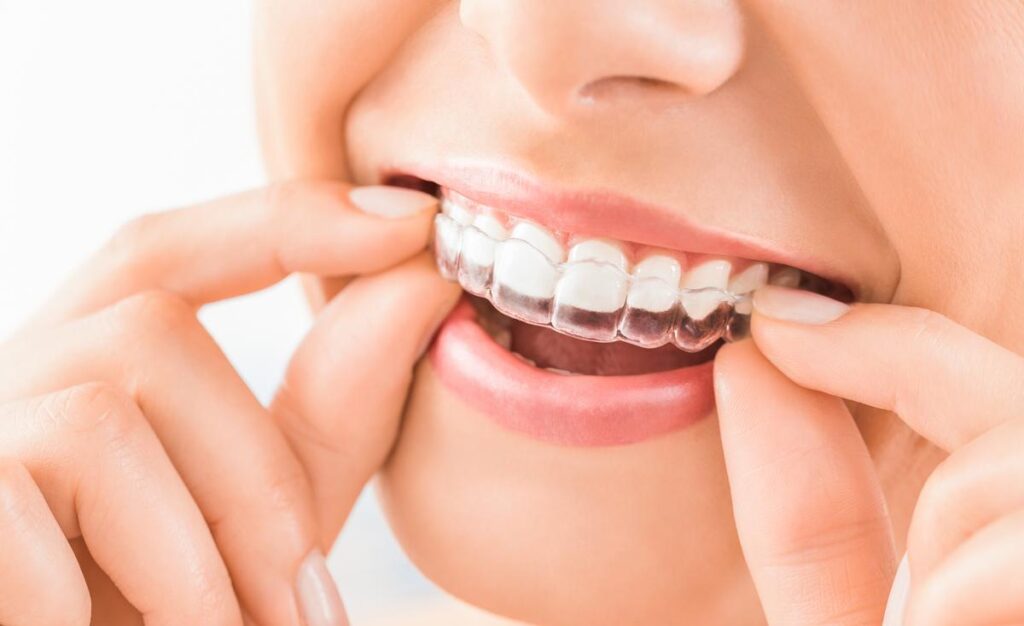
Invisalign is a popular orthodontic treatment option that offers a discreet and convenient way to straighten teeth. Unlike traditional braces with metal brackets and wires, Invisalign uses clear aligner trays that are custom-fitted to each individual’s teeth. These aligners are virtually invisible, making them an appealing choice for those seeking a more aesthetically pleasing option.
The process of Invisalign involves gradually moving the teeth into the desired position by replacing the aligners at regular intervals. Each set of aligners is designed to make slight adjustments, and the patient progresses to the next set every few weeks. This allows for a controlled and precise movement of the teeth over time.
One of the key advantages of Invisalign is its custom-fitted nature. The aligner trays are created using advanced technology to ensure a snug and comfortable fit. This not only helps in the alignment process but also enhances patient comfort throughout the treatment.
Overall, Invisalign offers a convenient and subtle approach to orthodontic treatment. It allows individuals to straighten their teeth without the use of traditional metal brackets and wires. Its clear aligner trays and custom-fitted design make it an attractive option for those seeking a more discreet way to achieve a straighter smile.
Differences between Braces and Invisalign
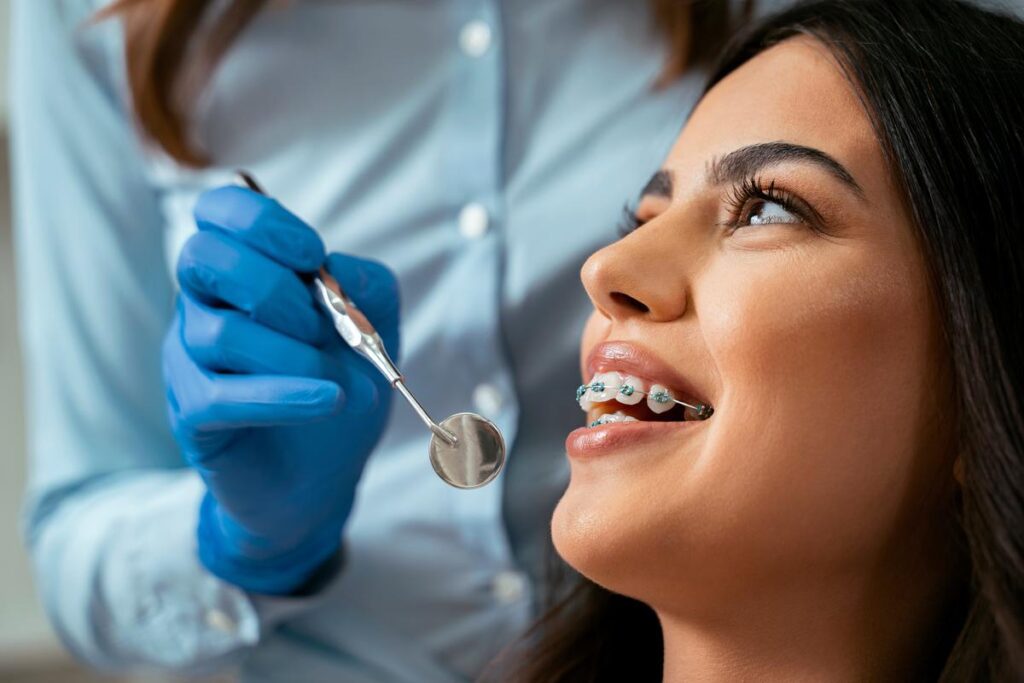
When assessing your orthodontic options, it’s crucial to weigh both the benefits and limitations of Invisalign and traditional braces. This will ensure a realistic expectation of the treatment process and outcome. Here’s a quick rundown:
| Treatment | Benefits | Limitations |
|---|---|---|
| Invisalign | Nearly invisible aligners; Removable for eating and cleaning; Less discomfort; Fewer office visits | May be costlier; Requires self-discipline to wear aligners 22+ hours/day; Limited in treating complex issues |
| Braces | Effective for severe orthodontic issues; Potentially less expensive; Fixed, so no need for patient compliance wearing them | Visible; Food restrictions; Greater difficulty maintaining oral hygiene; Potential for discomfort |
Braces and Invisalign are two popular options for orthodontic treatment, but they have key differences that make each unique.
Braces have metal brackets and wires attached to the teeth. They work together to move the teeth into the desired position. Invisalign uses clear, removable aligners instead. These aligners are custom-made and changed every few weeks for gradual adjustments.
Braces are effective for complex orthodontic issues. They work well for crowded and misaligned teeth. Treatment time with braces is shorter than with Invisalign. However, braces can make oral hygiene challenging. Brushing and flossing can be difficult due to the brackets and wires. This can lead to a higher risk of plaque buildup and tooth decay.
In contrast, Invisalign offers the advantage of being virtually invisible, making it a more aesthetically pleasing option. The removable aligners also allow for easier cleaning, making it easier to maintain oral hygiene. However, Invisalign may not be suitable for severe orthodontic cases and may require more time for treatment compared to braces.
Overall, the choice between braces and Invisalign depends on the individual’s orthodontic needs, personal preferences, and budget. Consulting with an experienced orthodontist will help determine the best treatment option for achieving a straight and healthy smile.
Advantages of Braces
Braces offer several advantages when it comes to orthodontic treatment. They are highly effective in treating complex orthodontic issues, making them a suitable option for correcting crowded and misaligned teeth. With their metal brackets and wires, braces provide a higher level of control and versatility in tooth movement, allowing for precise adjustments.
Additionally, braces typically have a shorter treatment time compared to other orthodontic options, such as Invisalign. This makes braces an excellent choice for individuals who want to achieve straighter teeth in a shorter amount of time. Overall, braces provide an effective and efficient treatment option for those looking to enhance their oral health and achieve a beautiful, straight smile.
Cost
When considering orthodontic treatment options, cost is often a significant factor to consider. The cost of braces and Invisalign can vary depending on several factors.
The average cost of traditional braces ranges from $1,700 to $6,000, while Invisalign can cost between $2,400 and $9,000. These prices are estimates and may vary depending on the complexity of dental issues and the number of aligner trays needed.
The severity of the dental issues, such as crooked or misaligned teeth, can impact the cost of treatment. More complex cases may require additional orthodontic visits and longer treatment time, which can increase the overall cost.
Additionally, the number of trays required for Invisalign treatment can also affect the cost. Each set of aligner trays is custom-made and designed to gradually move the teeth into the desired position. Patients may need multiple sets of aligners, depending on their specific treatment plan.
While cost is an important factor, it is equally essential to consult with an experienced orthodontist to assess your dental needs and determine the most appropriate treatment option. They can provide a comprehensive evaluation and discuss payment options, insurance coverage, and flexible monthly payment plans to help you make an informed decision that suits your budget.
Treatment Time
The treatment time for braces and Invisalign can differ based on several factors. On average, Invisalign treatment involves wearing the aligners for around 20 hours a day and lasts between 6 to 18 months. Braces, however, are a permanent fixture in the mouth and typically require a treatment period of about 2 years.
The duration of treatment can be influenced by the complexity of the orthodontic issue being addressed. More severe cases may require longer treatment times to achieve the desired results. Additionally, the skill and expertise of the orthodontist can also play a role in the length of treatment. An experienced orthodontist can develop an effective treatment plan and make adjustments to optimize the progress of tooth movement.
It’s important to adhere to the recommended wearing time for Invisalign aligners to ensure the desired outcome within the estimated treatment duration. Failing to wear the aligners as directed can prolong the treatment time.
In conclusion, the treatment time for braces and Invisalign varies, with Invisalign typically requiring 6 to 18 months of wearing aligners for about 20 hours a day, while braces are a permanent fixture for approximately 2 years. Factors such as the complexity of the orthodontic issue and the skill of the orthodontist can impact the duration of treatment.
Durability and Reliability
Braces and Invisalign differ in terms of their durability and reliability in achieving desired treatment results. Braces, with their metal brackets and wires, are known for their durability. They can withstand daily wear and tear and are less likely to break or get damaged. This makes them a reliable option for orthodontic treatment, especially for more complex cases.
On the other hand, while Invisalign aligners are made from a durable plastic material, they may not be as resistant to daily wear and tear as braces. Consistent wear is essential for the reliability of Invisalign treatment. Patients must wear the aligners for the recommended hours per day to ensure the desired outcome within the estimated treatment duration. However, the risk of misplacing or forgetting the aligners is a factor that can impact the reliability of Invisalign treatment.
In summary, braces offer a higher level of durability and reliability due to their use of metal brackets and wires, making them a suitable option for those seeking a long-lasting orthodontic solution. On the other hand, Invisalign’s reliability depends on the patient’s commitment to consistent wear, which should not be overlooked in order to achieve desired treatment results.
Advantages of Invisalign
Invisalign clear aligners offer numerous advantages over traditional braces. One significant advantage is their nearly invisible appearance. Made from a transparent plastic material, Invisalign aligners are barely noticeable when worn, allowing individuals to undergo orthodontic treatment without drawing attention to their teeth. In addition, these aligners are removable, making it easier to maintain good oral hygiene.
Unlike braces, which present challenges when brushing and flossing, Invisalign users can continue their regular oral hygiene routine without any hindrance. Another advantage is the convenience and comfort that Invisalign provides. The aligners have smooth edges, eliminating the discomfort often caused by the metal wires and brackets of traditional braces.
Furthermore, Invisalign treatment involves fewer office visits compared to braces, reducing the overall time spent for orthodontic appointments. With Invisalign, patients can enjoy effective and subtle treatment, effortlessly working towards a straighter smile.
Comfort & Discretion
When it comes to orthodontic treatment, comfort and discretion are key considerations. Both traditional braces and Invisalign offer their unique benefits in these aspects.
In terms of comfort, Invisalign tends to be more comfortable than traditional braces. This is due to the use of clear plastic aligners that are custom-made to fit snugly over the teeth. Unlike traditional metal braces, Invisalign applies less pressure and eliminates the presence of sharp edges, resulting in a more comfortable experience throughout the treatment process.
Alongside comfort, discretion is another important factor for individuals seeking orthodontic treatment. Invisalign takes the lead in this area with its nearly invisible appearance. The clear plastic aligners allow individuals to discreetly straighten their teeth, maintaining a professional look without drawing attention to their orthodontic treatment. This can be particularly beneficial for adults and professionals who want to improve their smile discreetly.
Both traditional braces and Invisalign offer effective orthodontic treatment options, but when it comes to comfort and discretion, Invisalign tends to be the preferred choice. With its custom-made aligners and transparent appearance, Invisalign provides a comfortable and discreet treatment experience that allows individuals to maintain their confidence and professional image throughout the process.
Ease of Cleaning & Maintenance
When it comes to cleaning and maintaining orthodontic appliances, braces and Invisalign have their differences. With braces, regular brushing and flossing are essential, along with the use of special tools like floss spreaders to navigate around the brackets and wires. Additionally, routine dental appointments are needed for professional cleanings and adjustments.
The cleaning process for braces involves several steps. Firstly, brushing after every meal is necessary to remove food particles and plaque that can easily get trapped in the metal brackets. Flossing also plays a crucial role, but it requires a bit more effort and the use of special tools, such as floss threaders or interdental brushes, to clean between the wires and teeth. Regular dental appointments are vital to ensure thorough cleaning and make any necessary adjustments to the braces.
In contrast, Invisalign aligners are much easier to clean. The trays should be removed before eating and should be cleaned with warm water or a specialized cleaning solution after each meal to prevent the buildup of bacteria and stains. Additionally, brushing and flossing the teeth regularly is still important to maintain oral hygiene. Invisalign wearers also have the option to use aligner cleaning crystals or tablets for a more thorough cleaning routine.
Overall, both braces and Invisalign require regular attention to maintain proper oral hygiene. While braces demand a bit more effort and the use of special tools, Invisalign offers a simpler cleaning process with the added benefit of removable trays that can be easily cleaned to ensure a healthy and hygienic orthodontic treatment experience.
Flexibility in Treatment Plan Adjustments
When comparing braces and Invisalign, one aspect to consider is the flexibility in treatment plan adjustments. Braces offer orthodontists the ability to have more control over tooth movement and make adjustments during appointments. With regular visits, the orthodontist can fine-tune the treatment plan to ensure the desired results are achieved.
On the other hand, Invisalign treatment plans are digitally planned, which means adjustments may require additional aligners. Complex cases might require more aligners to achieve the desired tooth movement. However, the treatment plan is highly predictable, and orthodontists can make changes based on the progress and needs of the patient.
Both braces and Invisalign offer flexibility in treatment plans, but in different ways. Braces allow for more immediate adjustments, while Invisalign treatment plans require additional aligners for complex cases. It’s important to consult with an experienced orthodontist to determine which option is best suited for individual needs. Whether it’s braces or Invisalign, the orthodontist can adapt the treatment plan to ensure the best possible outcome for a straighter and more confident smile.
Disadvantages of Braces
While traditional braces have been a popular choice for orthodontic treatment, they do come with a few disadvantages. First and foremost, their appearance may be a concern for some individuals, as metal brackets and wires can be quite noticeable. This can have an impact on one’s self-confidence, especially for adults who may feel self-conscious about their orthodontic treatment.
Additionally, braces can be challenging to clean properly, as food particles can easily get stuck in the metal components, leading to plaque buildup and potential oral hygiene issues. Certain foods, like sticky or hard items, may need to be avoided to prevent damage to the braces. Furthermore, the treatment time with braces can be relatively long, ranging from several months to a few years, depending on the complexity of the case.
Regular orthodontic visits are required for adjustments, which may be inconvenient for some individuals. Lastly, braces may cause discomfort and pressure on the teeth initially, and some individuals may experience additional orthodontic issues due to this treatment. Overall, while braces are an effective treatment option for straightening teeth and correcting dental issues, they do have certain disadvantages that should be considered before making a decision.
Oral Hygiene Challenges
Maintaining good oral hygiene is important during any orthodontic treatment, whether it be with traditional braces or Invisalign aligners. However, both options present unique challenges when it comes to oral hygiene.
People wearing braces often struggle with brushing and flossing effectively. The presence of metal brackets and wires can make it difficult to clean around and between teeth properly. Plaque buildup and food particles can easily accumulate around the brackets, leading to an increased risk of cavities and gum disease. Additionally, braces can stain easily if proper oral hygiene is not maintained, resulting in a less desirable smile once the braces are removed.
On the other hand, Invisalign aligners require additional steps to keep them clean. As the trays are removable, they need to be taken out before eating or drinking anything other than water. This means extra effort is required to brush the teeth and clean the aligners after each meal to prevent any staining or plaque buildup. If aligners are not properly cleaned, it can result in bad breath and a less hygienic oral environment.
Uncomfortable, Unattractive Appearance
The appearance of traditional metal braces can be uncomfortable and unattractive for individuals. The visibility of metal brackets and wires can make people feel self-conscious, especially in social settings where they may want to make a positive impression. The presence of metal brackets can be visually distracting and draw attention to one’s orthodontic treatment, which may result in feelings of self-consciousness. This can affect individuals’ confidence and self-esteem.
The bulky and noticeable nature of metal braces can also be seen as unattractive by some. The contrast between the metal brackets and the natural color of teeth can make the braces stand out prominently when smiling or speaking. This can potentially make people feel less confident about their appearance, particularly during the treatment period.
Fortunately, advancements in orthodontic treatment now offer alternative options beyond traditional metal braces. For those seeking a more discreet and aesthetically pleasing treatment, options such as ceramic or invisible aligners may be worth considering. These options address the concerns of an uncomfortable and unattractive appearance often associated with traditional metal braces, allowing individuals to undergo orthodontic treatment while maintaining a more natural and confident smile.
Disadvantages of Invisalign
While Invisalign offers numerous advantages, it is important to consider the potential disadvantages and challenges associated with this orthodontic treatment option. One disadvantage is its limited suitability for certain orthodontic cases. Invisalign may not be appropriate for severe misalignments or complex dental issues, such as significant tooth rotation or vertical movement.
Another consideration is the additional fees that may be incurred with Invisalign treatment. In some cases, orthodontic X-rays may be necessary to assess the condition of the teeth and create an effective treatment plan. These X-rays may not be included in the initial cost of Invisalign and could result in an additional expense for the patient.
Furthermore, it is important to consult a qualified Invisalign provider for this treatment. The success of Invisalign relies on the expertise and experience of the orthodontist. Choosing an unqualified provider may lead to suboptimal results or even potential complications.
Ultimately, whether choosing the sleek invisibility of Invisaligns or the robust functionality of conventional braces, consulting with an orthodontist to tailor a treatment plan is crucial. Both pathways lead to a straighter smile, improved bite, and enhanced overall dental health.
| Invisalign | Traditional Braces |
|---|---|
| Removable aligners | Fixed to teeth |
| Nearly invisible | Visible, but options for subtlety |
| Must be worn 22 hours per day | Worn 24/7 |
| No food restrictions | Must avoid certain foods |
| Potentially shorter treatment time | Versatile in treating complexities |

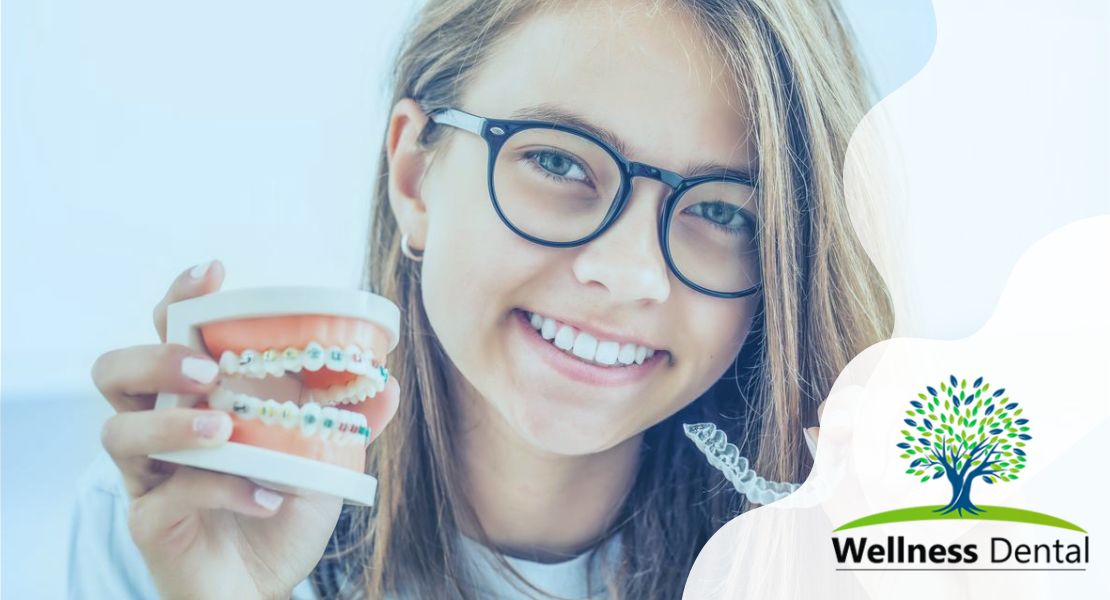


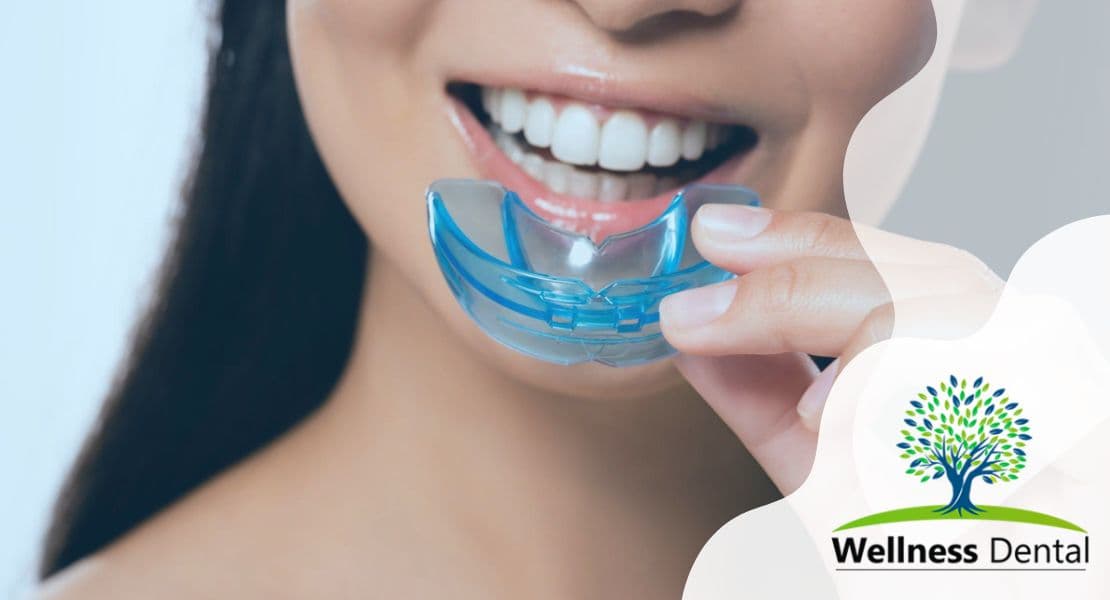
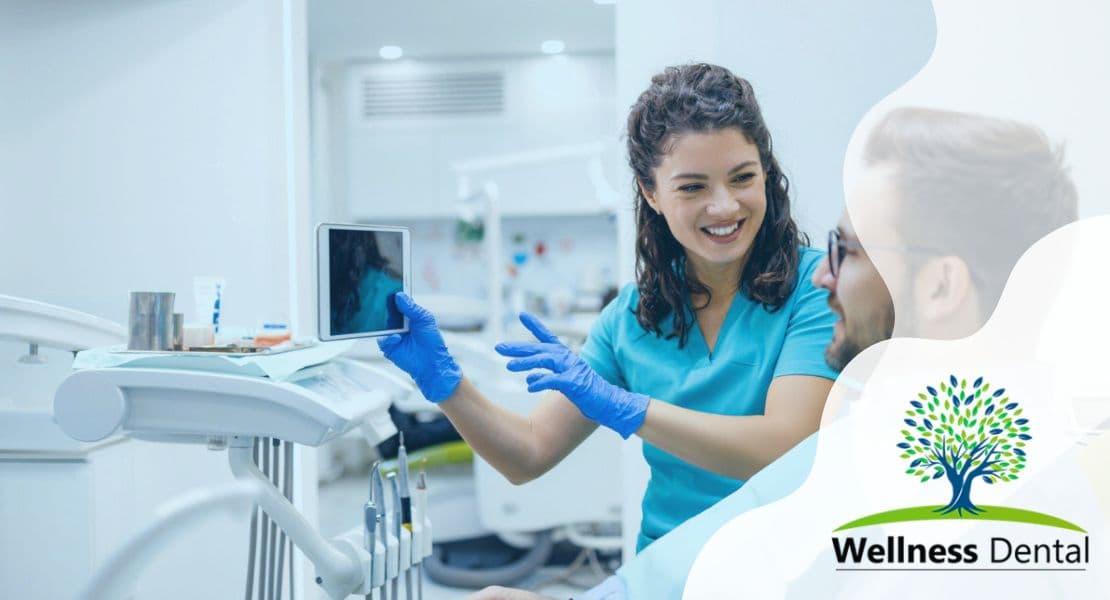
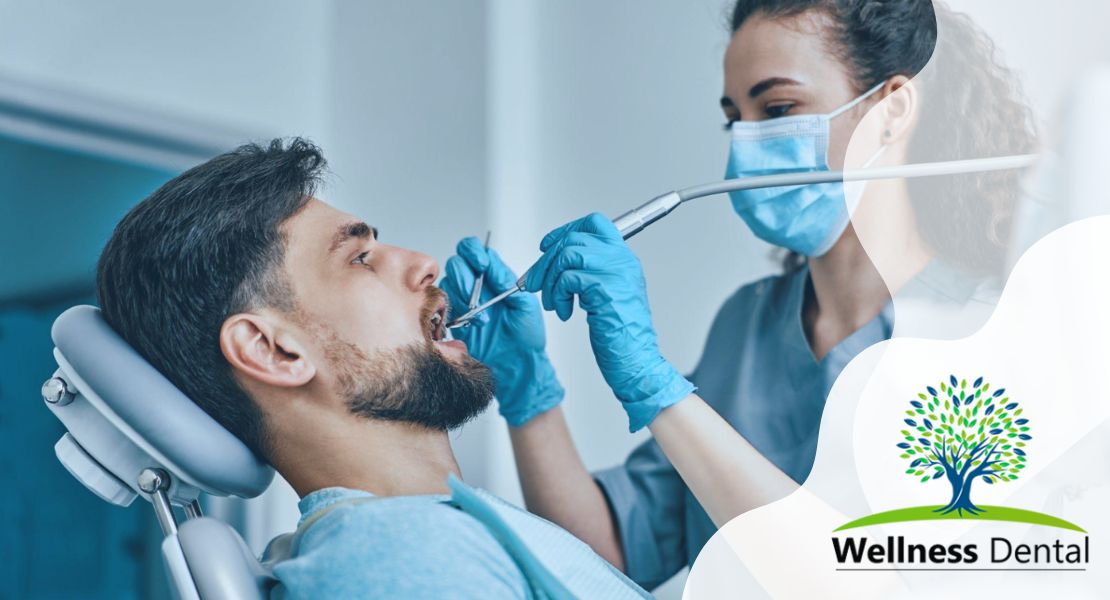
Thank you!